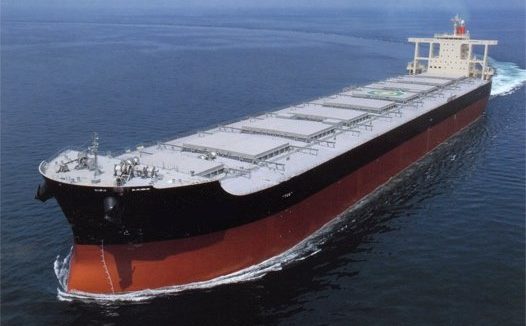Capes among the most exposed ship types with incoming EEXI legislation

Capesize owners are likely to be among the hardest hit when new Energy Efficiency Existing Index (EEXI) rules kick in on January 1 next year.
UK-based consultancy Maritime Strategies International (MSI) has debuted a new environmental benchmarking tool to assist owners, charterers and financiers as the new rules such as EEXI and the Carbon Intensity Indicator (CII) start.
MSI assessed the EEXI values of the global dry bulk fleet by using a range of data sources, sense-checked with a selection of owners. It estimates that just under 80% of dry bulk ships will not meet EEXI regulations and in almost all cases, MSI believes that dry bulk vessels will fit an engine power limiter (EPL) to meet the requirements.
Early analysis suggests that the capesize fleet, ironically given its young age, could be impacted the most. This is because a large share of the existing fleet was constructed between 2006-2011, before more fuel-efficient designs were developed in 2013-14.
“Older vessels requiring a large EPL to meet EEXI criteria would have the least flexibility of operations, reducing their potential to speed up to meet laycan windows when faced with delays such as those caused by bad weather; ultimately this would lead to lower cargo volume and a reduction in potential freight revenue, reducing the economic life of a ship,” said Will Fray, a director at MSI. “A significant number of 10- to 15-year-old ships are at risk and over the next five years will age into a bracket much more susceptible to being scrapped, particularly if freight markets decline from today’s levels, as forecasted by MSI.”
